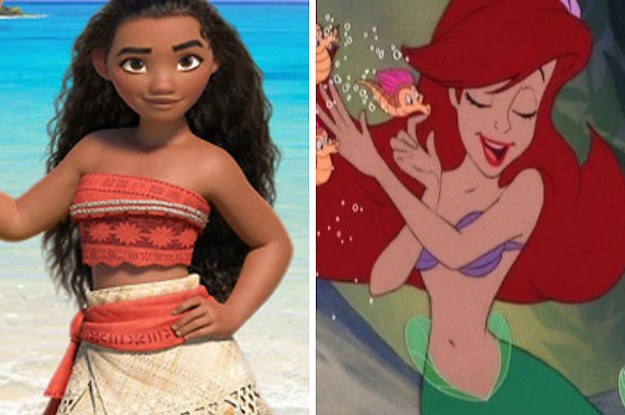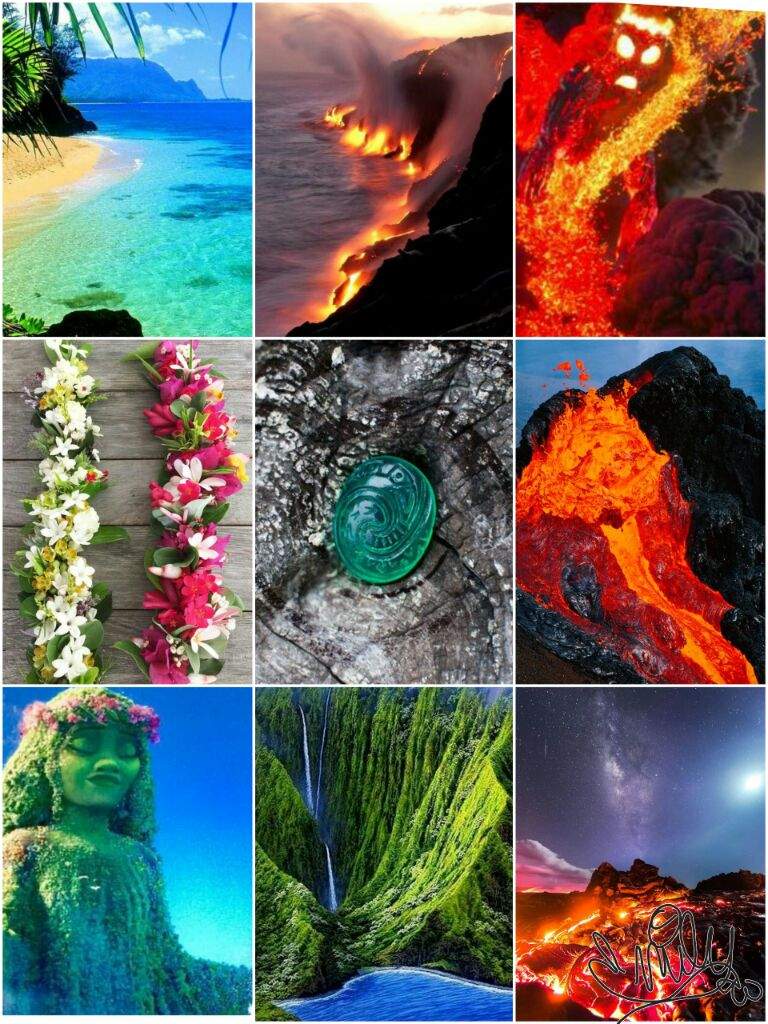Final Project: Moana Isn't All That Progressive
Moana has been heralded as Disney's most progressive, feminist movie yet. Since its release in 2016, it's shaken up people's past notions of the docile princesses of Disney past. Snow White, Cinderella, etc. can all move aside, because Disney seems to have a lot more independent princesses coming up, with Moana as its trendsetter.
 |
| https://media.giphy.com/media/l2Sqj5f7IYVj4sSEU/giphy.gif |
There's a lot of reasons why Moana is considered so revolutionary. Here's a basic running list:
1). Moana is Polynesian—Disney is representing more than just white people! Yay! While it may not be the most accurate it could possibly be (for example, some argue Maui should not be depicted as so large in the film), it is substantial progress. You can click here and here for some opinions by those most qualified to give their input—actual Polynesians.
2). Moana is monumental progress from past princesses.
She's a strong, independent woman. She paves her own path, and she isn't weak like past princesses. In fact, she spends most of the movie guiding the strong, tough guy (Maui). This leads me to my next point...
3). Moana don't need no man. She is Disney's first princess who doesn't have a prince (or any other love interest, for that matter). That's pretty revolutionary on its own: Disney is actually supporting the idea that a girl can have her own interesting story without a romantic subplot.
4). Moana actually looks realistic. Yes, she's pretty. But she also has normal body proportions. Washington Post claims that because of Moana's normal proportions, she's the only Disney princess doll that can stand on her own two feet. Wow.
 |
| In case you didn't believe just how skinny past princesses were. |
5). Moana settles all her conflict on her own. She and Te Kā resolve their issues without violence (in the end, at least), like two mature women.
In summary, Moana has made leaps and bounds of progress with respect to its main character. Unfortunately, I can't really say the same for its primary antagonist. Te Kā represents a lack of progress in representation of women—she reflects the same ancient stereotypes Disney has always used.
Te Kā: Disney Takes Steps Backwards
Disney has a basic formula they use for good women vs. bad women. Good women are beautiful and bad women are ugly. Here's a visual representation—even without knowing anything about the movies, it's pretty easy to guess who's the protagonist and who's the antagonist. |
| Yes, there's some male villains here, too. That's a whole new topic. |
Just looking at the image above, we can point out some basic things about Disney vilenesses: they're usually old, have very exaggerated features (the hag's big nose, Ursula's double chin, Lady Tremaine's pointed jaw, etc.), and are overall not that great looking. Now here's a picture of Te Kā in all her glory:
| http://speculativefaith.lorehaven.com/wp-content/uploads/sites/2/2017/06/maxresdefault.jpg |
Look at the fire, those holes for eyes, the red coloring, the way she's creeping and crawling. Definitely a villain, and definitely not pretty to look at.
Just with a side-by-side comparison of Te Kā and Te Fiti, Te Kā's kind nurturing alter ego, we can see a huge difference:
 |
| https://pm1.narvii.com/6319/b484419823361f823681413e1da6e711692610a1_hq.jpg |
By examining this gorgeous Moana mood board, we can see the enormous juxtaposition between Te Fiti (bottom left) and Te Kā (top right). Even the color scheme is so different: dark sky vs. light sky, fire vs. water, beauty vs. destruction. Disney is only furthering its assertion that beautiful people are good and ugly people are bad.
That alone is a horrible lesson for young kids. But delving deeper than looks, we can find an even bigger problem with Te Kā's representation in the movie.
Te Fiti originally turned into Te Kā because Maui stole her heart.
As described in the scene above, Te Fiti's heart was what kept the island alive. It nourished the land and ensured that it prospered. In other words, Te Fiti's heart—the most integral part of her—reflected her responsibility to nurture.
Sound familiar? Disney princesses have been "nurturing" for decades, and it's one of the key characteristics that defines them as good in their films. Cinderella cares for all the animals, Snow White cares for the dwarves—cooking, cleaning, sewing, and supporting define older Disney princesses. So basically, Te Fiti has been reinforcing antiquated gender roles all along.
If this isn't the most flagrant example of sexist contentedness I'll ever see.
And still there's more. Te Kā's very nature is defined by the fact that her heart—her ability to care for the island—is taken away from her. So basically, when Te Fiti is unable to be docile and passive and motherly, she turns into the monstrous Te Kā, throwing an enormous temper tantrum until she gets her heart back.
The majority of popular culture views the whole issue with Te Kā and her heart as beautiful and symbolic:
The majority of popular culture views the whole issue with Te Kā and her heart as beautiful and symbolic:
And yes, that exact moment is truly beautiful. But the whole concept of Te Fiti/Te Kā is incredibly sexist. It all comes down to this: The film reinforces ideas that women are not to be trusted with power—Te Kā's actions are entirely driven by feelings of vengeance, and once she is conquered she is placated. Once Te Kā is put back in her place—after Moana returns her heart and calms her with a few trivial, soothing words—she returns to her typical placid, unperturbed personality.
Here's a recap for why Te Kā is sexist:
1). She is ugly literally just because she is bad, because that's what Disney does.
2). She represents what a woman becomes when she can't nurture.
3). Instead of dealing with her anger in a mature, responsible way, she becomes violent and heated, reinforcing that stereotype about women having tempers and blowing up over little things. Don't tell me you haven't heard that stereotype before.
None of this changes my personal opinion about the film—I still love it as much as the next person, I tear up every time I watch Moana restore Te Kā's heart, and I definitely won't go as far as this woman in claiming that the movie normalizes rape. But Te Kā does inherently perpetuate the same gender roles that we point out in The Little Mermaid, Sleeping Beauty, and all the other Disney classics.
Don't even fight me on this one—I maintain that this is the best scene in the movie.
So yes—Moana is a trendsetter. Moana as a character has made huge leaps and bounds from past princesses, and I'm so excited to see where Disney goes next with these progressive female protagonists. But it needs to apply this progress to its antagonists like Te Kā, too. Otherwise, we'll be stuck in a rut of Lady Tremaines and Evil Queens, and I know Disney can do better than that.




Comments
Post a Comment